
BMW X1 SUV (2015-2022) engines, drive and performance
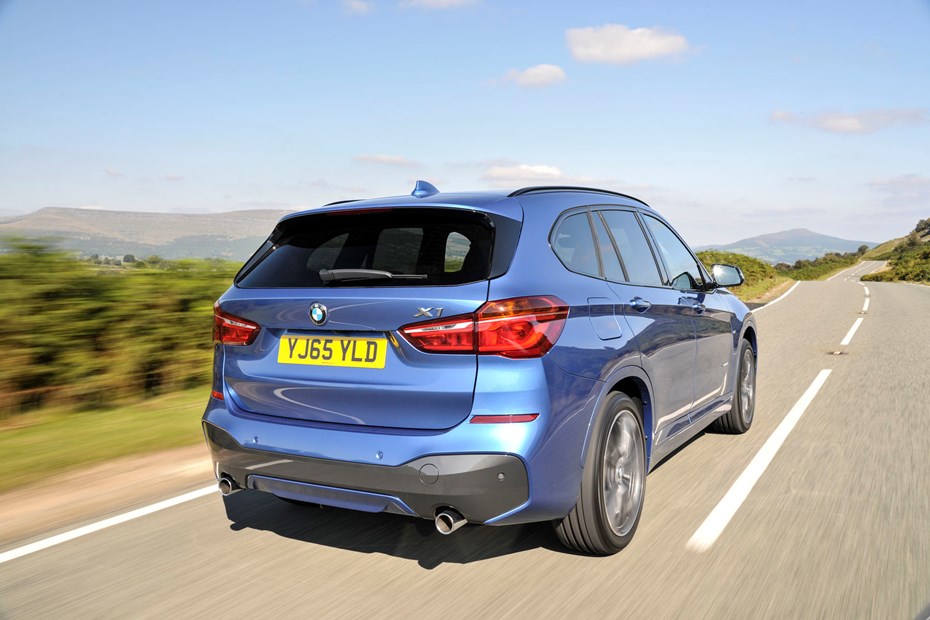
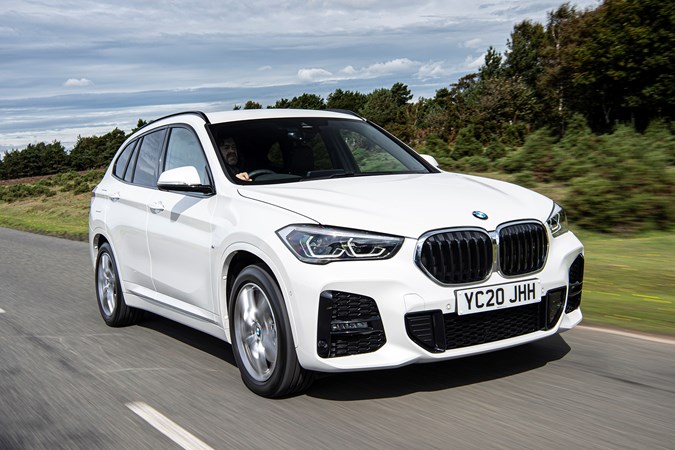
- Four engines on offer just now
- Two petrols and two diesels; PHEV later
- All-wheel drive and automatic transmission available
The BMW X1 is currently available with two petrols, two diesels and one plug-in hybrid (PHEV) power option, coupled with either front-wheel drive or xDrive four-wheel drive.
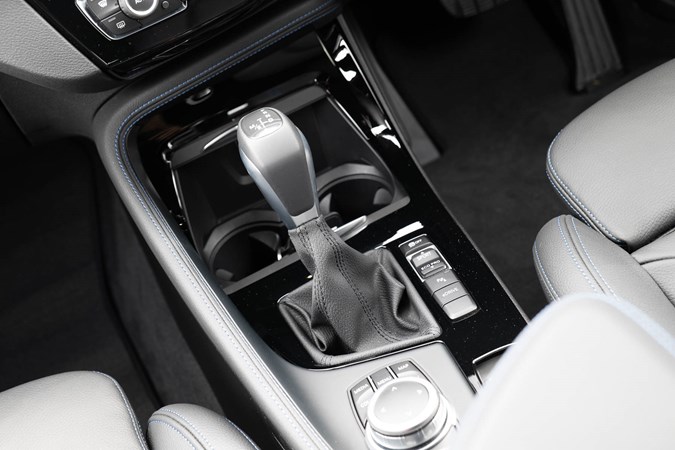
There’s a choice of transmissions too, with either a six-speed manual, seven-speed dual-clutch or eight-speed automatic gearbox available, depending on the engine specified.
Popular petrol engines
Kicking off the range is the sDrive18i engine that, despite the badging, is actually a three-cylinder 1.5-litre shared with a number of BMW Group models including the MINI Hatch. Producing 140hp and 220Nm of torque, it’s good for 0-62mph in 9.7 seconds, with a top speed of 127mph (126mph with the dual-clutch seven-speed automatic transmission).
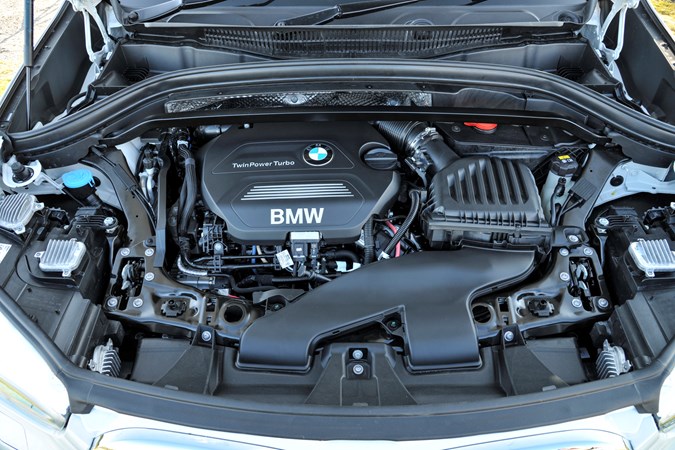
If you need a little more punch, but don’t want to switch to diesel, the sDrive20i and xDrive20i petrols could be what you’re after. Unlike the 18i, its badging does ring true, the 2.0-litre four-cylinder engine producing 192hp and 280Nm of torque. As a result, 0-62mph comes up in 7.4 seconds for the xDrive with its superior traction, 7.7 seconds for the sDrive. The dual-clutch automatic is standard-fit with both choices.
| Engine | Power and torque |
0-62mph time |
Top speed |
| sDrive18i | 136hp, Nm | 9.7secs | mph |
| sDrive20i | 178hp, Nm | 7.6secs | mph |
| xDrive20i | 178hp, Nm | 7.3secs | mph |
Efficient diesel options
| Engine | Power and torque |
0-62mph time |
Top speed |
| sDrive18d manual | 150hp, 350Nm | 9.3secs | 127mph |
| sDrive18d auto | 150hp, 350Nm | 9.4secs | 126mph |
| xDrive20d auto | 190hp, 400Nm | 7.8secs | 136mph |
If you’re after the top of the range diesel, the xDrive20d is as good as it gets in the X1. Until June 2018, the BMW X1 was available with a 2.0-litre diesel engine badged xDrive25d. Producing 230hp and 450Nm of torque, it was noticeably more powerful than anything else in the line-up, managing 0-62mph in just 6.4 seconds, with a top speed of 146mph.
Plug-in hybrid tops the range
The PHEV version of the X1, badged xDrive25e, is powered by a 1.5-litre petrol engine driving the front wheels and an electric motor propelling the rears. With a combined power output of 220hp, this makes it the most powerful version in the X1 range, although that’s only if you have enough charge in the battery. Once battery life is depleted, you are left with the small three-cylinder petrol engine to lug the X1 around with all of it’s plug-in hybrid hardware. That’s not only going to be a struggle, but will significantly increase your fuel consumption.
On paper, it makes a great case for itself with a 0-62mph time of 6.9 seconds, but you’d have to drive in Sport mode to get close to that. That’s because both the petrol engine and electric motors combine in this mode to drive both front and rear axles at the same time.
Stick to normal hybrid mode and the two motors tend to work in tandem, with the petrol engine waking up to provide assitance for the electric motor. Driven gently, it works fine but the power delivery can feel inconsistent when the two units merge together, so it’s not always the smoothest transition.
The electric motor also only produces 90hp, so while it’s enough around town, the X1 certainly does feel a lot heavier when you plan to push on.
>> We rate the best hybrid SUVs for 2020
Ride and handling
- Focus on sportiness
- Feels like a taller 1 Series
- Reasonably capable off-road
While the X1 is a fully-fledged SUV, it’s still a BMW – so there’s a keen focus on sportiness and handling dynamics. As a result, the X1 drives just like a taller 1 Series to drive; there’s a smidge more bodyroll (where the body of the car leans when going through corners) and the centre of gravity feels a touch higher, but otherwise it’s really not far off BMW’s sweet-handling hatchback.
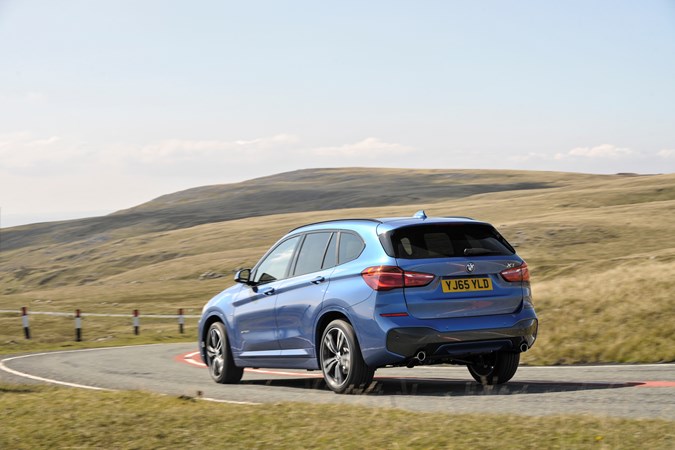
Models equipped with xDrive all-wheel drive (standard on higher-spec versions) enables immense traction coming out of corners – especially in greasy conditions – while steering feel is well-judged. It’s light enough at low speeds for easy parking, but weights-up encouragingly once you get going, enabling precise and direct handling.
It’s also sharp and responsive off-centre, which makes it quite good fun as it feels eager to turn into bends. Those looking for a more relaxing drive may be better off trying a rival model instead.
The X1 can hold its own off-road thanks to its 183mm ground clearance and short bodywork overhangs. This allows the car to fare well over the rough stuff, tackling mildly challenging hills and bumps easily. Every xDrive model gets hill-descent control as standard too, which controls the speed of the car when negotiating steep, slippery slopes. Sure, it’s still going to struggle if you really push the envelope, but rivals are certainly no better.



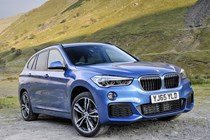
.jpg)
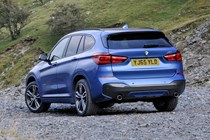
.jpg)
.jpg)
.jpg)
.jpg)
.jpg)
.jpg)
.jpg)
.jpg)
.jpg)
.jpg)
.jpg)
.jpg)
.jpg)
.jpg)
.jpg)
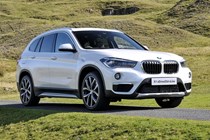
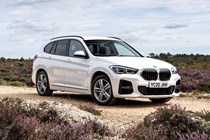
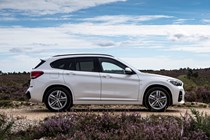
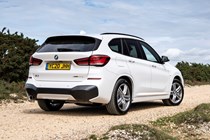
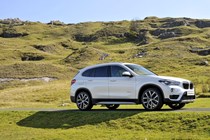
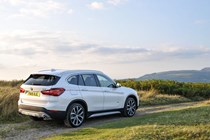
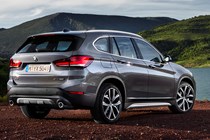
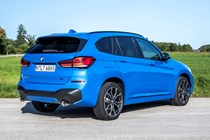

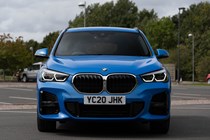
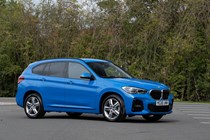
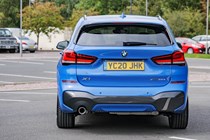
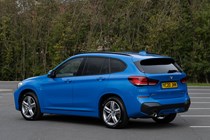
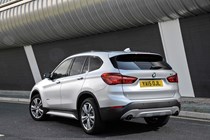
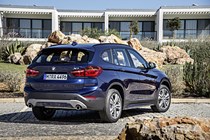
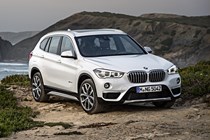

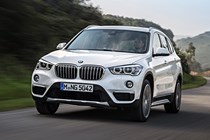
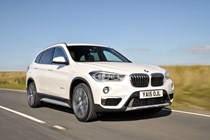
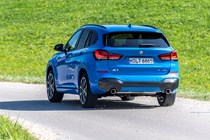
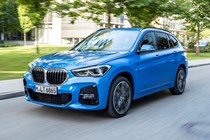
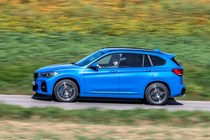

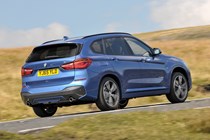
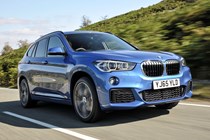
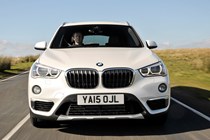
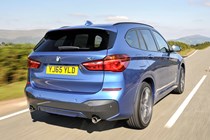
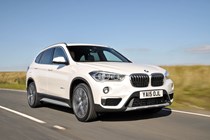
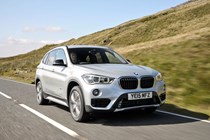
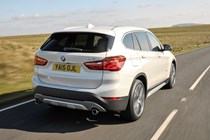
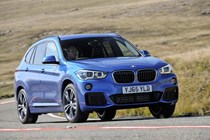
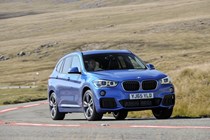
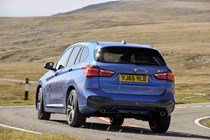


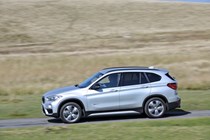
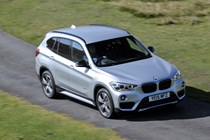
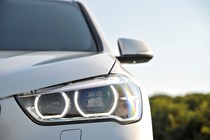
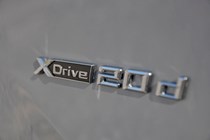
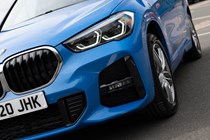
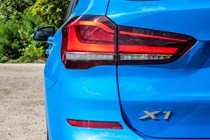
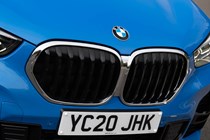
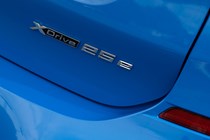
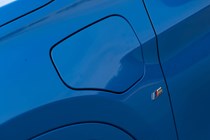
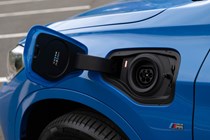
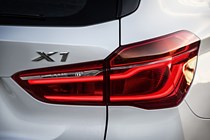
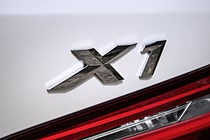
.jpg)
.jpg)
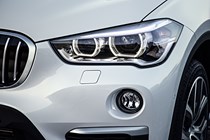
.jpg)
.jpg)
.jpg)
.jpg)
.jpg)
.jpg)
.jpg)
.jpg)
.jpg)
.jpg)
.jpg)
.jpg)
.jpg)
.jpg)
.jpg)
.jpg)
.jpg)
.jpg)
.jpg)
.jpg)
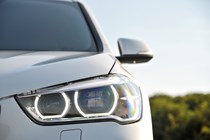
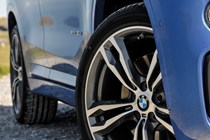
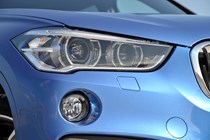
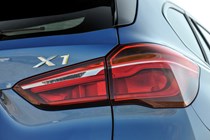
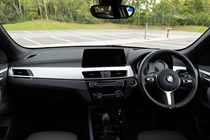
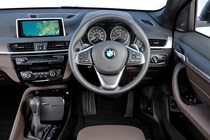
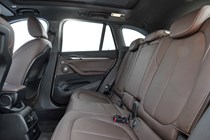
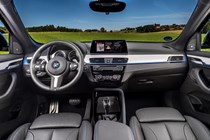

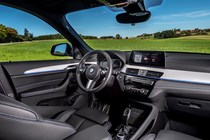


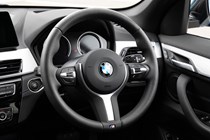

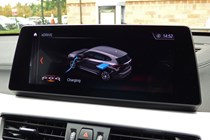



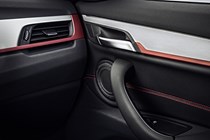
.jpg)
.jpg)
.jpg)
.jpg)
.jpg)
.jpg)
.jpg)
.jpg)
.jpg)
.jpg)
.jpg)
.jpg)
.jpg)
.jpg)
.jpg)
.jpg)
.jpg)
.jpg)
.jpg)
.jpg)
.jpg)
.jpg)
.jpg)
.jpg)
.jpg)
.jpg)
.jpg)
.jpg)
.jpg)
.jpg)
.jpg)
.jpg)
.jpg)
.jpg)
.jpg)
.jpg)
.jpg)
.jpg)
.jpg)
.jpg)
.jpg)
.jpg)
.jpg)
.jpg)
.jpg)
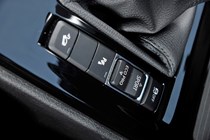
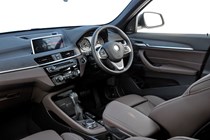
.jpg)
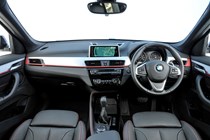
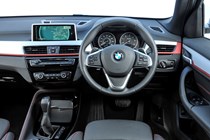
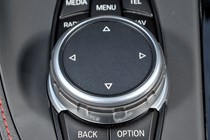

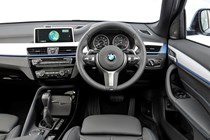

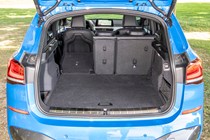

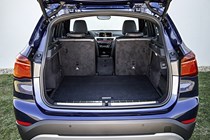
.jpg)
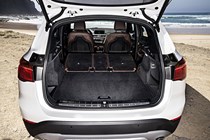
.jpg)
.jpg)
.jpg)
.jpg)
.jpg)
.jpg)
.jpg)
.jpg)
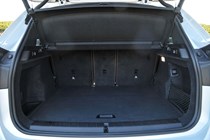
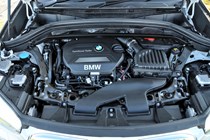
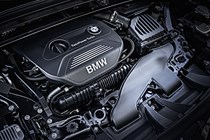
.jpg)
.jpg)
.jpg)
.jpg)
.jpg)
.jpg)



.jpg?quality=50)

.jpg?quality=50)
.jpg?quality=50)
.jpg?quality=50)
.jpg?quality=50)
.jpg?quality=50)
.jpg?quality=50)
.jpg?quality=50)
.jpg?quality=50)
.jpg?quality=50)
.jpg?quality=50)
.jpg?quality=50)
.jpg?quality=50)
.jpg?quality=50)
.jpg?quality=50)
.jpg?quality=50)















































.jpg?quality=50)
.jpg?quality=50)

.jpg?quality=50)
.jpg?quality=50)
.jpg?quality=50)
.jpg?quality=50)
.jpg?quality=50)
.jpg?quality=50)
.jpg?quality=50)
.jpg?quality=50)
.jpg?quality=50)
.jpg?quality=50)
.jpg?quality=50)
.jpg?quality=50)
.jpg?quality=50)
.jpg?quality=50)
.jpg?quality=50)
.jpg?quality=50)
.jpg?quality=50)
.jpg?quality=50)
.jpg?quality=50)
.jpg?quality=50)



















.jpg?quality=50)
.jpg?quality=50)
.jpg?quality=50)
.jpg?quality=50)
.jpg?quality=50)
.jpg?quality=50)
.jpg?quality=50)
.jpg?quality=50)
.jpg?quality=50)
.jpg?quality=50)
.jpg?quality=50)
.jpg?quality=50)
.jpg?quality=50)
.jpg?quality=50)
.jpg?quality=50)
.jpg?quality=50)
.jpg?quality=50)
.jpg?quality=50)
.jpg?quality=50)
.jpg?quality=50)
.jpg?quality=50)
.jpg?quality=50)
.jpg?quality=50)
.jpg?quality=50)
.jpg?quality=50)
.jpg?quality=50)
.jpg?quality=50)
.jpg?quality=50)
.jpg?quality=50)
.jpg?quality=50)
.jpg?quality=50)
.jpg?quality=50)
.jpg?quality=50)
.jpg?quality=50)
.jpg?quality=50)
.jpg?quality=50)
.jpg?quality=50)
.jpg?quality=50)
.jpg?quality=50)
.jpg?quality=50)
.jpg?quality=50)
.jpg?quality=50)
.jpg?quality=50)
.jpg?quality=50)
.jpg?quality=50)


.jpg?quality=50)









.jpg?quality=50)

.jpg?quality=50)
.jpg?quality=50)
.jpg?quality=50)
.jpg?quality=50)
.jpg?quality=50)
.jpg?quality=50)
.jpg?quality=50)
.jpg?quality=50)



.jpg?quality=50)
.jpg?quality=50)
.jpg?quality=50)
.jpg?quality=50)
.jpg?quality=50)
.jpg?quality=50)
